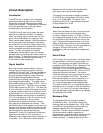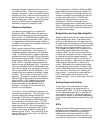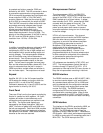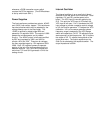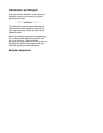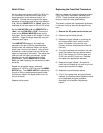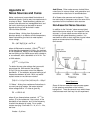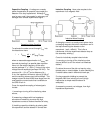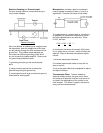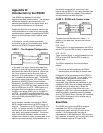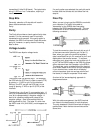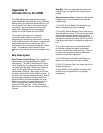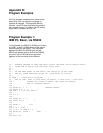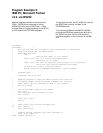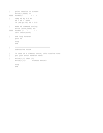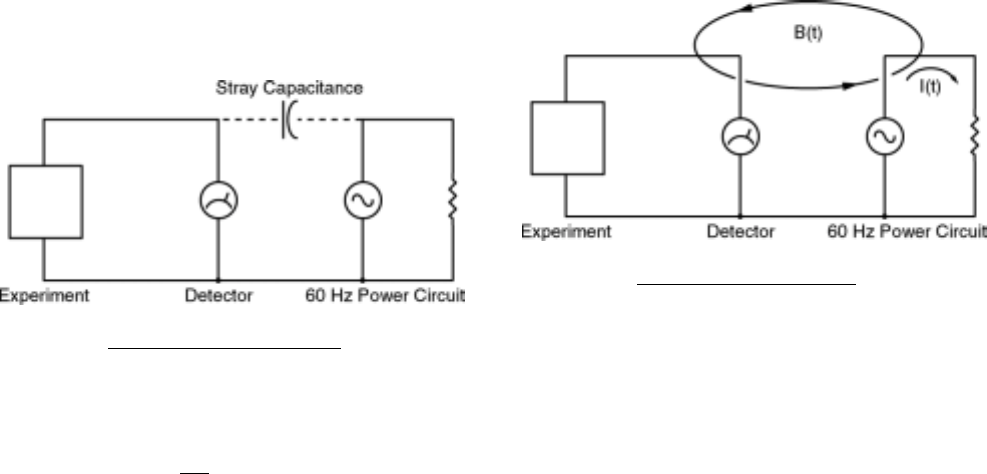
37
Capacitive Coupling. A voltage on a nearby
piece of apparatus (or operator) can couple to a
detector via a stray capacitance. Although C
stray
may be very small, the coupled in noise may still
be larger than a weak experimental signal.
Capacitive Noise Coupling
To estimate the noise current through C
stray
into
the detector we have
i=C
stray
dV = jwC
stray
V
noise
dt
where a reasonable approximation to C
stray
can
be made by treating it as parallel plate capacitor.
Here, w is the radian frequency of the noise
source (perhaps 2 * π * 60Hz ), V
noise
is the noise
voltage source amplitude (perhaps 120 VAC). For
an area of A = (.01 m)
2
and a distance of d =
0.1m, the 'capacitor' will have a value of 0.009 pF
and the resulting noise current will be 400pA. This
meager current is about 4000 times larger than the
most sensitive current scale that is available on
the SR510 lock-in.
Cures for capacitive coupling of noise signals
include:
1) removing or turning off the interfering noise
source,
2) measuring voltages with low impedance
sources and measuring currents with high
impedance sources to reduce the effect of i
stray
,
3) installing capacitive shielding by placing both
the experiment and the detector in a metal box.
Inductive Coupling. Here noise couples to the
experiment via a magnetic field:
Inductive Noise Coupling
A changing current in a nearby circuit gives rise to
a changing magnetic field which induces an emf in
the loop connecting the detector to the
experiment. (emf = dØ
B
/dt.) This is like a
transformer, with the experiment-detector loop as
the secondary winding.)
Cures for inductively coupled noise include:
1) removing or turning off the interfering noise
source (difficult to do if the noise is a broadcast
station),
2) reduce the area of the pick-up loop by using
twisted pairs or coaxial cables, or even twisting the
2 coaxial cables used in differential hook-ups,
3) using magnetic shielding to prevent the
magnetic field from inducing an emf (at high
frequencies a simple metal enclosure is
adequate),
4) measuring currents, not voltages, from high
impedance experiments.




